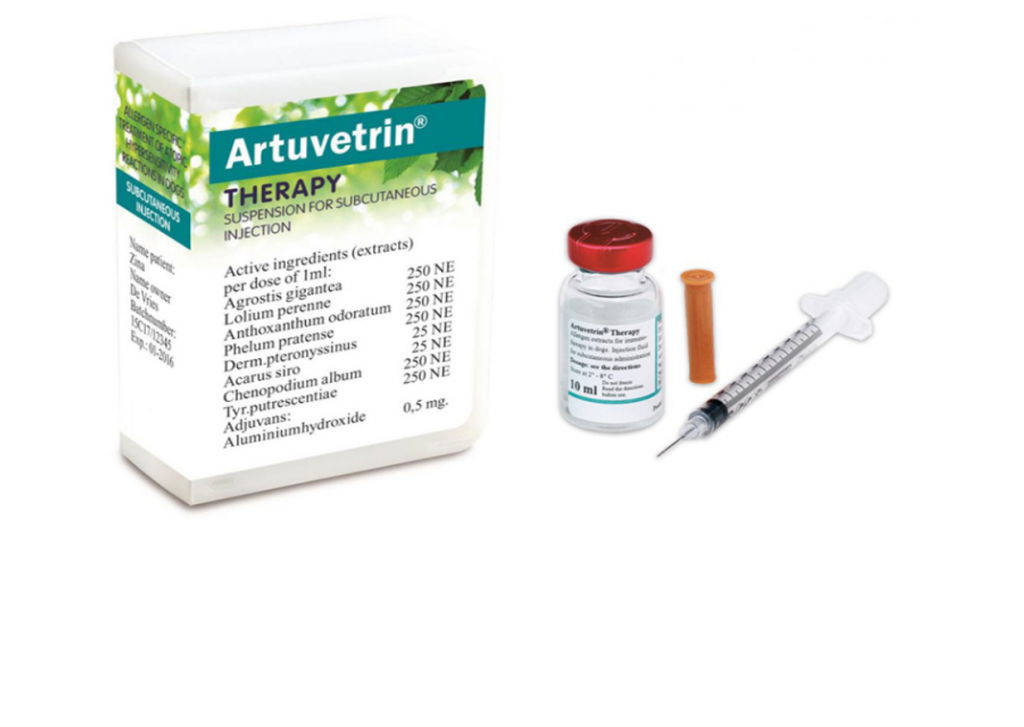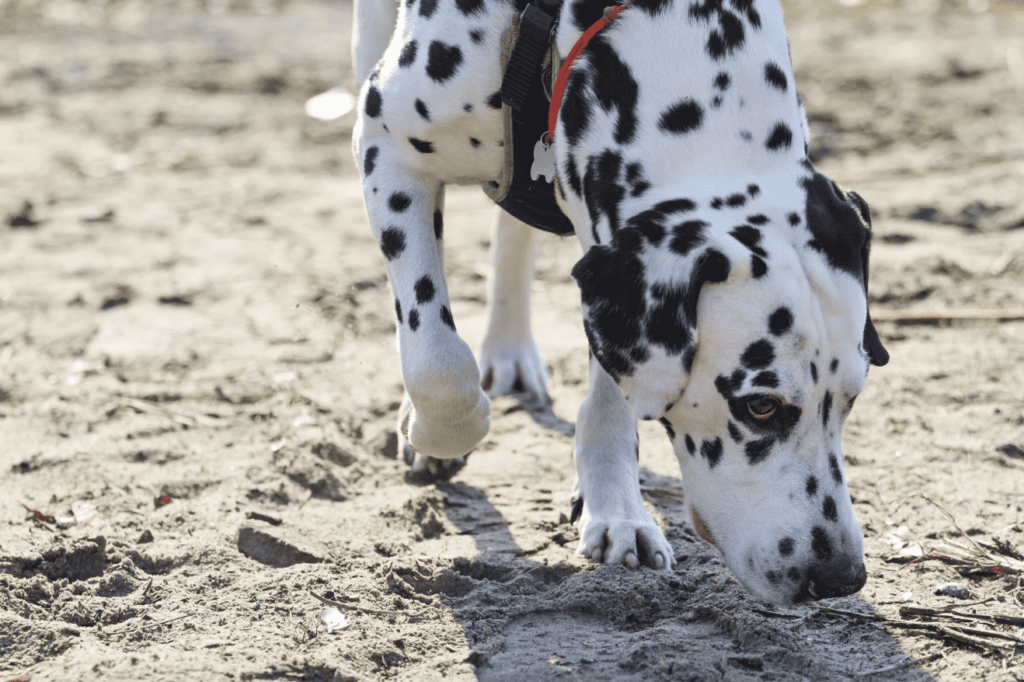Allergy in dogs
Let’s talk dog allergies
Canine atopic dermatitis (CAD) is thought to be the most common form of allergy in dogs, affecting up to 15% of the dog population and accounting for 25% of dogs referred for pruritus. Atopic dermatitis is a hereditary allergy whereby the dog is sensitive to airborne substances from the environment, such as pollens, mites, moulds and dander.
Clinical symptoms

The most obvious symptom of an atopic condition is pruritus. Pruritus is caused by inflammation of the skin, typically of the paws, head, armpit or groin.
Dogs often lick or bite their feet and can be seen rubbing their heads along the floor or other objects. The skin inflammation can be exacerbated by bacterial or yeast infections, such as Staphylococcus and Malassezia.
First symptoms typically occur at 1–3 years of age (~75% of all cases). Occasionally symptoms occur in animals under 6 months of age.
Read moreDiagnosis
When other triggers of the symptoms are ruled out, atopy is diagnosed. The next step is to perform an allergy test to identify which allergens are causing the allergic reaction.
Pet Allergy Xplorer (PAX®) is the first commercial serological IgE-specific test that uses allergen extracts and molecular components to identify allergen sensitivities.
Molecular allergology is a state-of-the-art approach to the detection of sensitisations, whereby defined single allergen components are used for the determination of specific IgE in place of traditionally-used allergen extracts. The molecular components are purified or recombinant proteins that provide a higher level of standardisation than allergen extracts and enable a more precise identification of IgE sensitisations.
Treatment

Atopic dermatitis is a lifelong condition, and for this reason any treatment must be continued for life. The recommended choice for treating atopy is immunotherapy.
Immunotherapy is the only treatment that will stop the allergy from progressing, by making the immune system less sensitive, or totally insensitive, to the allergens that trigger the allergic reaction.
There is only one licensed immunotherapy in Europe – Artuvertin® Therapy – and it is the product of choice under European medicines regulations.
Read moreFood allergies

Up to 35% of dogs that are allergic to substances in their environment are also hypersensitive to proteins in food.
The identification, exclusion and management of food allergy is one of the crucial parts of diagnosing and treating atopic dermatitis.
The only way to diagnose food allergy is by performing a food elimination trial which can be assisted by our PAX® Food Test (in IgE-mediated cases).
Read more
Key facts about atopic dermatitis
- Usually begins at a young age.
- Involves pruritus and leads to severe and recurrent infections.
- Identifying the responsible allergens is crucial, using a high-quality, specific and sensitive IgE serum test.
- Requires lifelong treatment (the recommended option is immunotherapy).
- Artuvetrin® Therapy is the only licensed immunotherapy in Europe and is recommended in accordance with European medicines regulations.